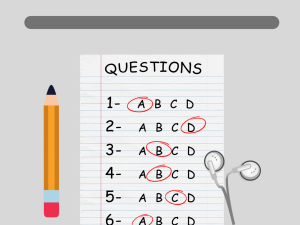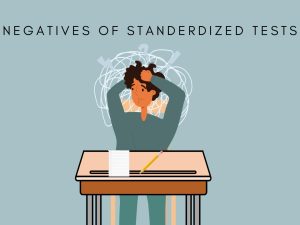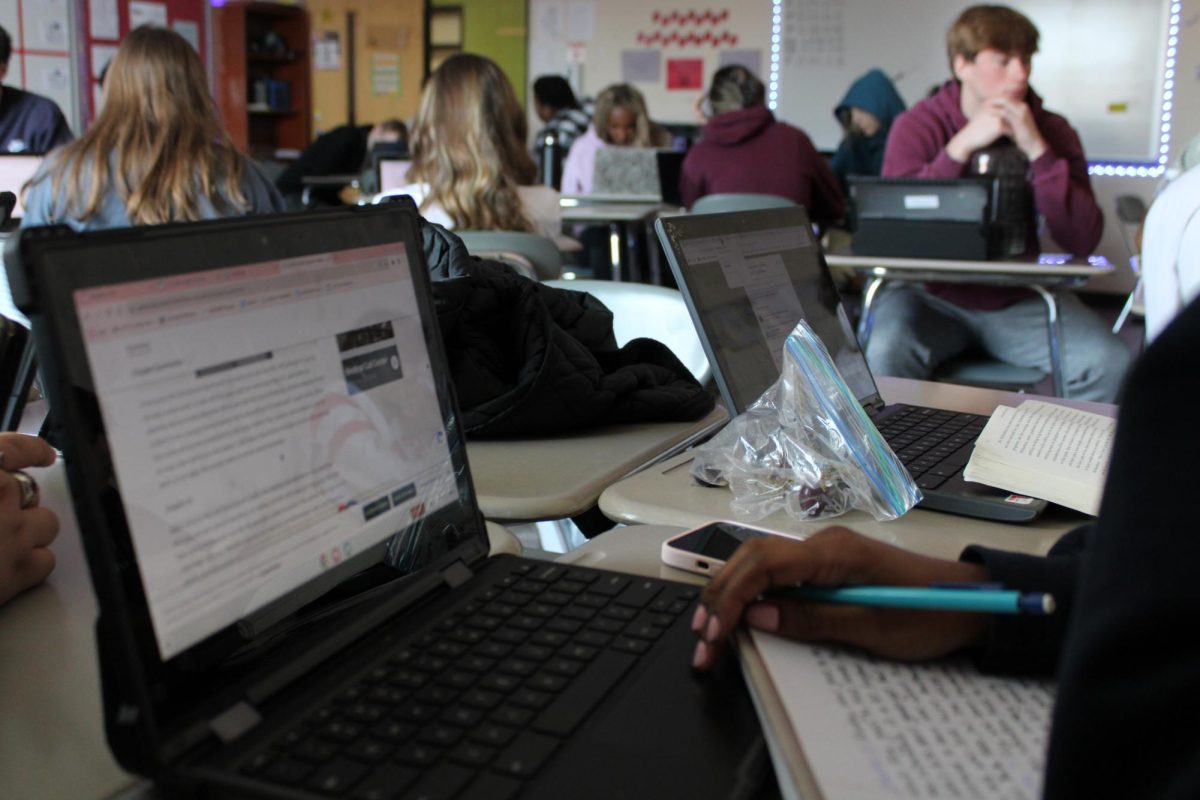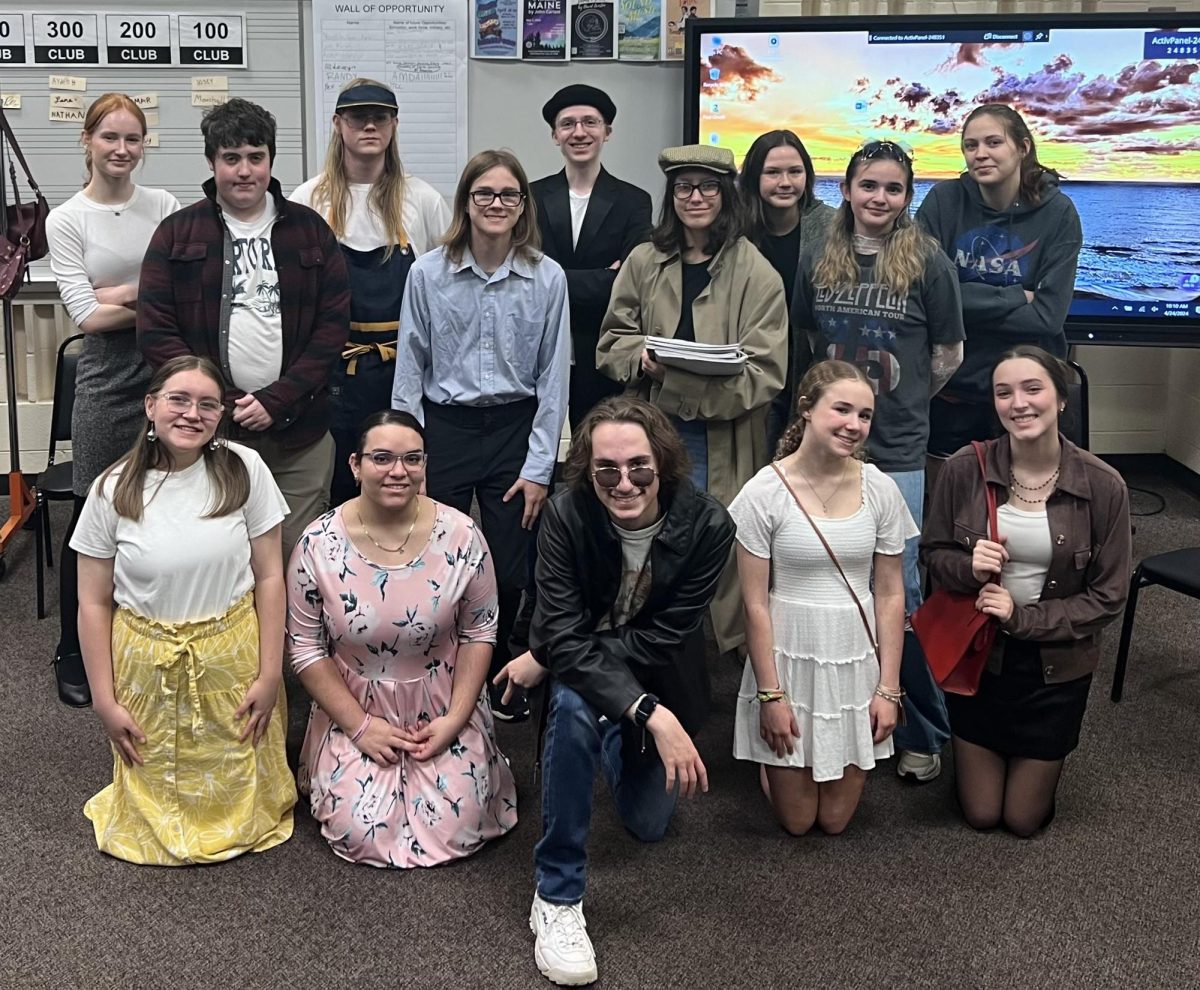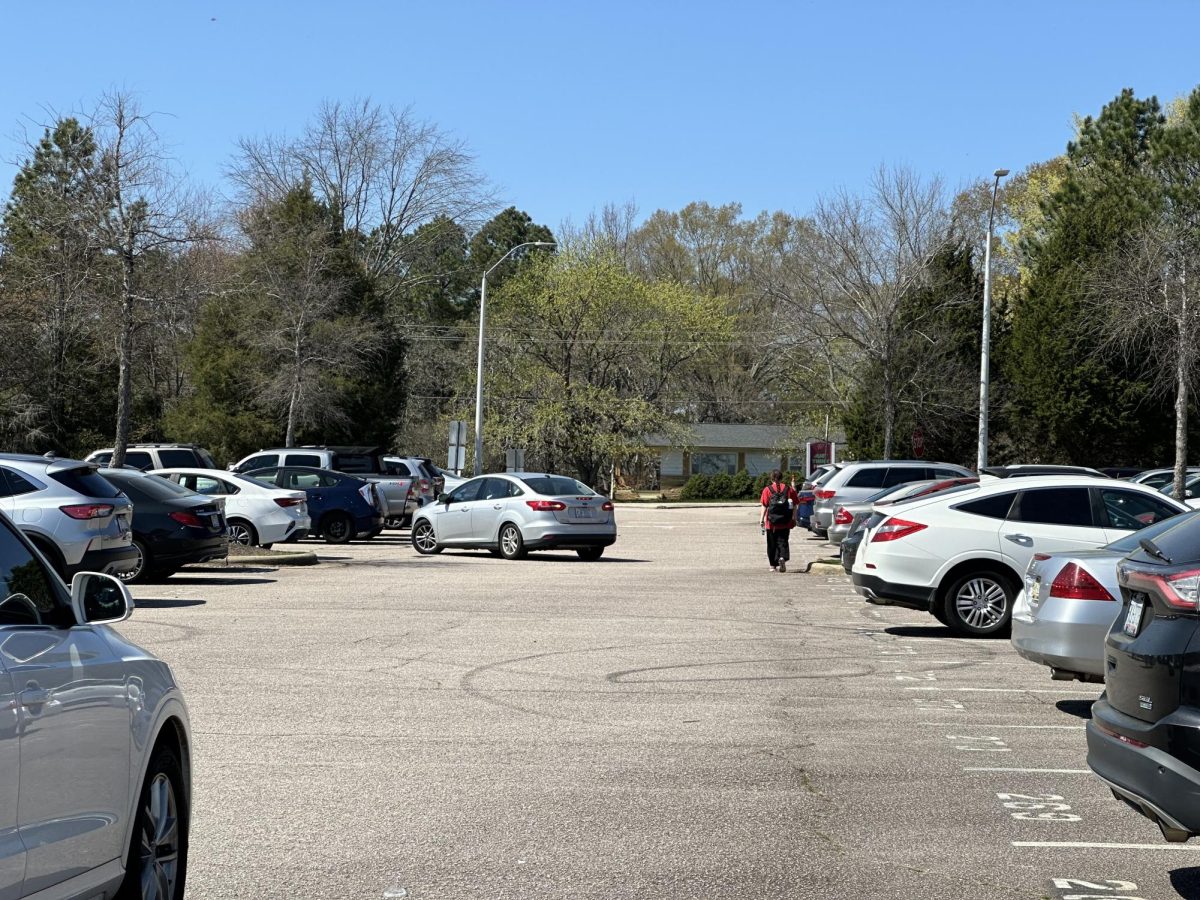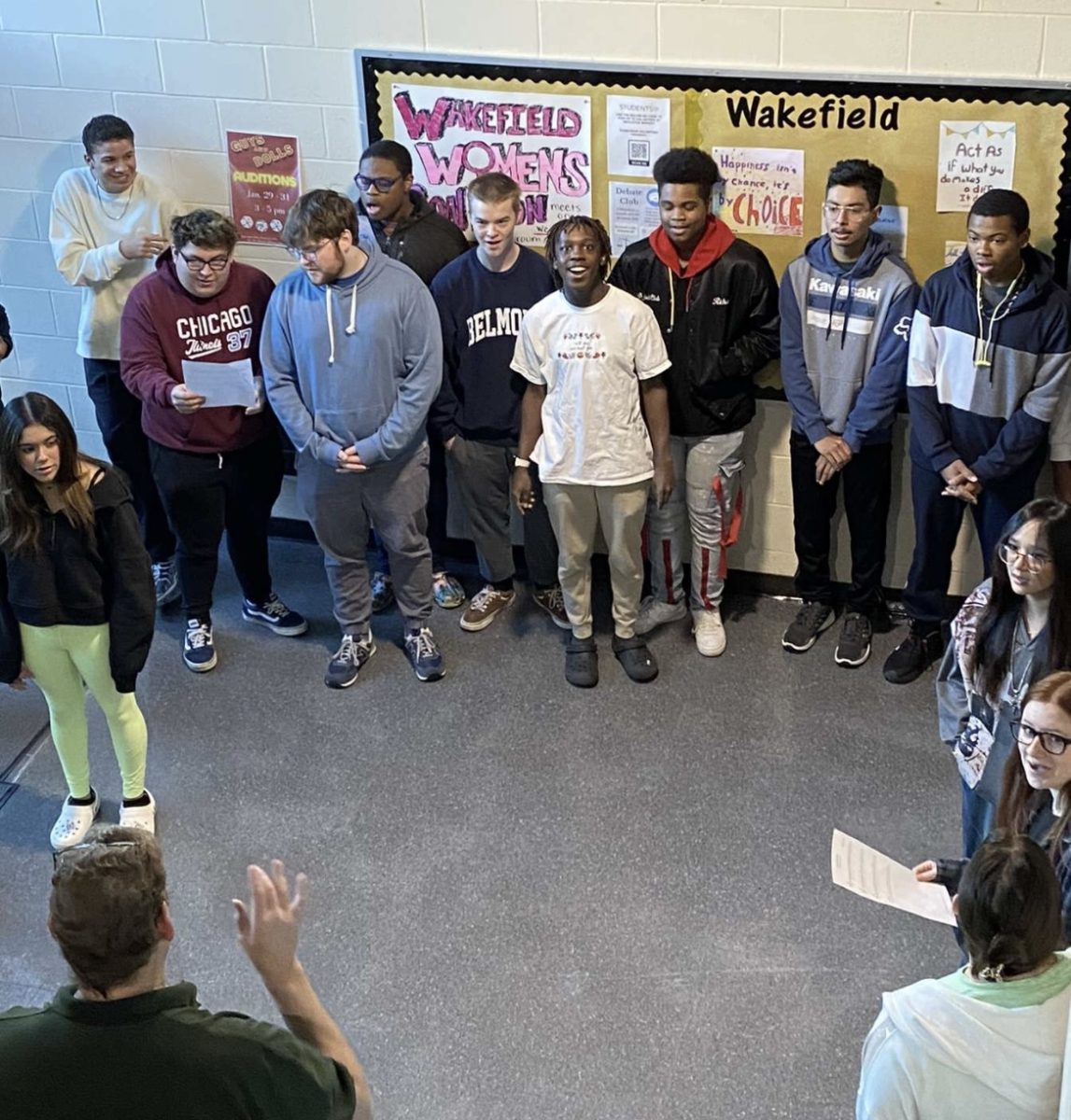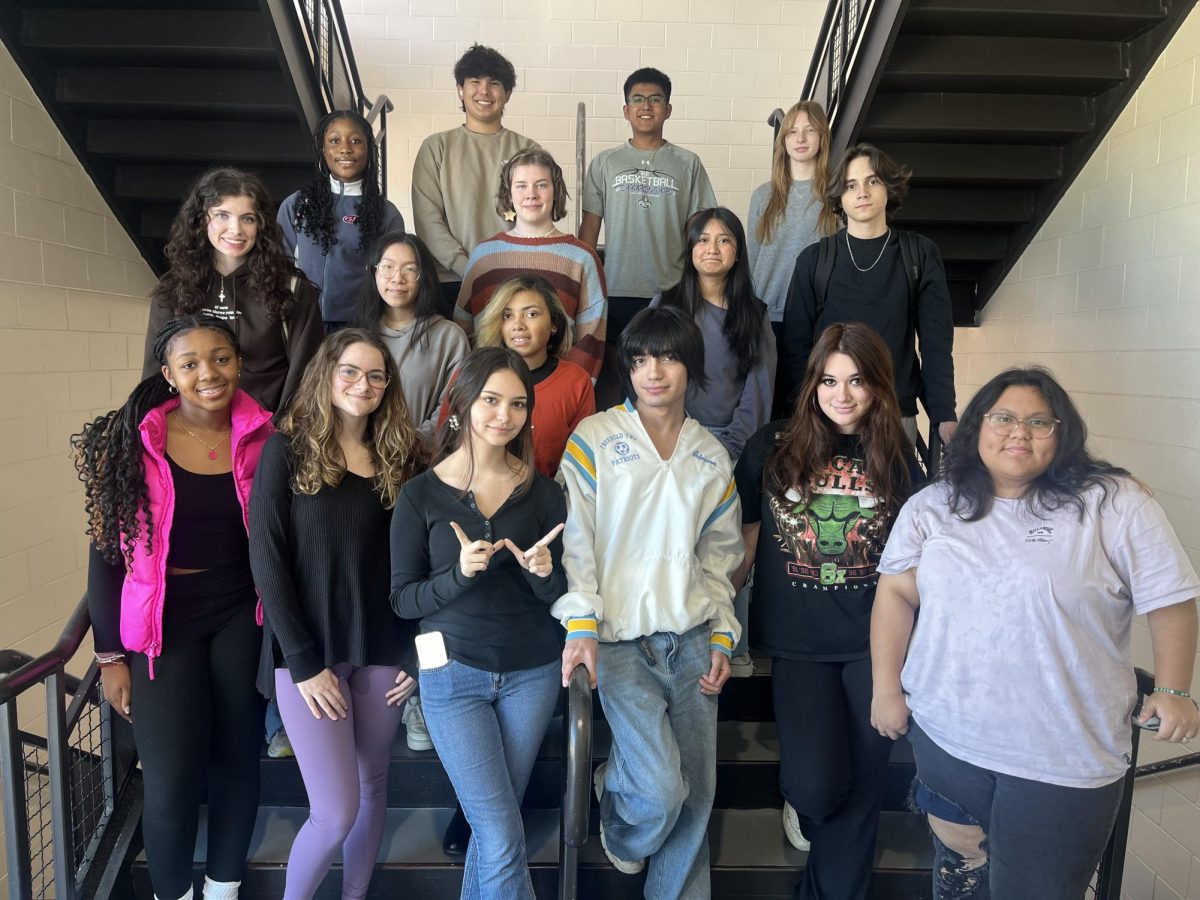For decades, schools have strived to educate the youth to the best of their ability. Around the turn of the 20th century, school became a mandatory part of adolescence, followed soon after by the introduction of child labor laws. No longer was formal education for the wealthy, instead becoming a universal experience for every child in America.
School continued to evolve, of course; from societal changes to literal curricular rewrites, it was clear that every generation would experience childhood, and schooling, differently. More recently, however, the once slow transformation exploded into a fast-paced and drastic overhaul of the entire education system.
Starting with overhead projectors and whiteboards in the 1960s, this transformation was seen across the country, with computers quickly dominating the classroom going into the 21st century. Computer labs would pop up in every school, and many began introducing computers to each classroom in the 2010s. With the COVID-19 pandemic closing the century, developing online learning resources became instrumental.
Charles Hensey, a social studies teacher at Wakefield High School, started teaching at the cusp of this revolution.
In 1999, I had my first regular teaching job; I had been teaching for a couple of years, but the most technology we had in our classrooms was an overhead projector.
— Hensey
“In 1999, I had my first regular teaching job; I had been teaching for a couple of years, but the most technology we had in our classrooms was an overhead projector,” Hensey said. “We got our first computer sometime in 2002.”
Paper-based teaching, a now seemingly foreign concept, had been the norm for all of education’s history. In the 2000s, computers were seen as more of encyclopedias or dictionaries than outlets for work. Within a decade, the learning environment had changed again.
“The biggest jumpstart came around 2010, when schools started getting more hard-wired for internet access,” Hensey said. “We could start showing videos, we had access to PowerPoints; it changed the way we learn.”
Throughout the 2010s, computers would become more and more instrumental in the classroom. This came to a head in 2020 when virtual learning forced teachers to include learning management websites in their curriculum, such as Google Classroom or Canvas.
Such an instrumental and sudden change has an effect on students as well as teachers. Senior Kees Keech was left feeling unprepared for the newfound overuse of technology.
“I’d say the way we lean on technology has become a little overwhelming,” Keech said. “It used to be a piece of paper, something you could easily remember. [Now] it’s harder to remember what we have to do.”
While it can be difficult to mentally keep track of work, the need for household internet can feel smothering. Requiring a constant connection can be convenient for some, but for others, it can be difficult or downright impossible. One in five Americans still lack a constant internet connection, and even more don’t have a reliable one.
Every year, Wakefield High School falls deeper and deeper into the digital age. This year, with the introduction of AllTimely, students are no longer bound to classes by individual teachers; instead, it’s centralized to a website where lunch periods, hall passes and tardy passes are all sorted and scheduled. While a good idea on paper, many students think the introduction of the service leaves much to be desired.
“[AllTimely] was pretty rushed,” senior Alaila Sanders said. “There were a lot of holes in the system that we didn’t know about until second semester.”
Sanders certainly wasn’t alone in feeling AllTimely’s introduction was shaky. Anna Dabek, senior and women’s basketball player, expressed similar feelings.
“I was confused; I was hearing different information from everyone,” Dabek said. “It was poorly introduced, but I think it found its foothold. There’s a lot more resources for me to use with the [new] system.”
A shaky start certainly doesn’t necessarily reflect an outright bad decision. Think about the countless “shaky starts” schools have had each year, from new systems to student issues to teacher complaints. It may be tiring, but a transitional period is a part of every step forward.
Although the resistance to AllTimely may seem like a student issue, everyone involved has to work to help make the transition less painful.
“Of course, there’s certain benefits to having a system like this,” Hensey said. “I think the biggest problem has been getting everyone to enforce it the same way. Once that happens, it’s going to be very beneficial, both for the students and for the teachers.”
I think it’s something we have to do. It might be annoying, but it’s something we should get used to.
— Keech
In an increasingly digital environment, the focus on student and teacher convenience is only going to become more and more prevalent. With 2020’s introduction of county-provided laptops, it’s only become easier for students to form the foundation of their learning on the internet.
To a certain degree, the successful implementation of systems such as Canvas or AllTimely requires students to be willing to change. A convenient and enjoyable learning environment has always required a union between teachers and students, but only now involves school-wide use of websites and computers.
Once staff and students alike feel comfortable with the new system, it can be utilized and enforced in a way that makes the learning environment as streamlined as possible. Until then, it’s only a matter of patience and time.
“I do think we’re in a rough patch,” said Keech. “But I think it’s something we have to do. It might be annoying, but it’s something we should get used to.”



